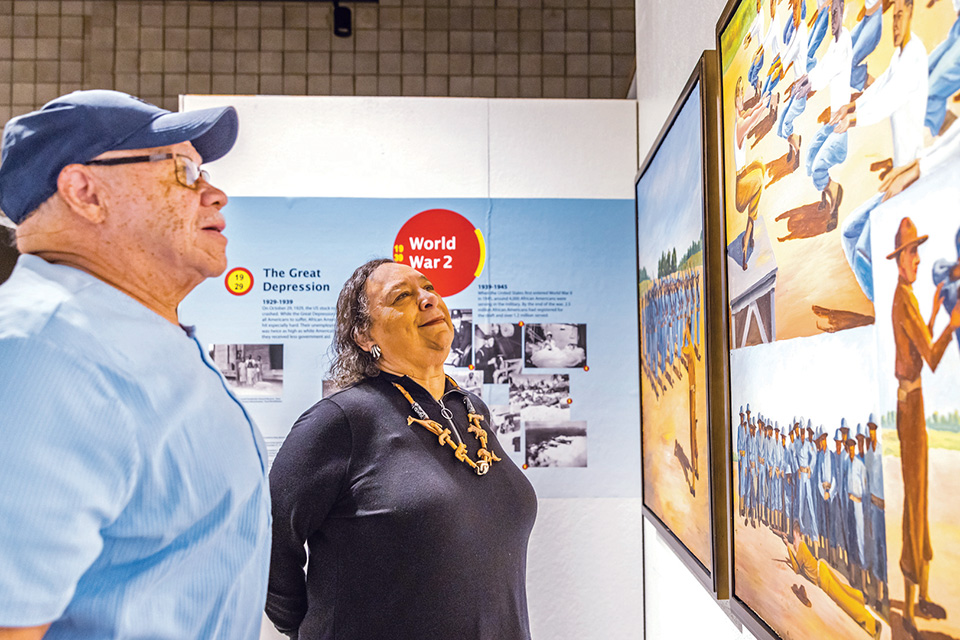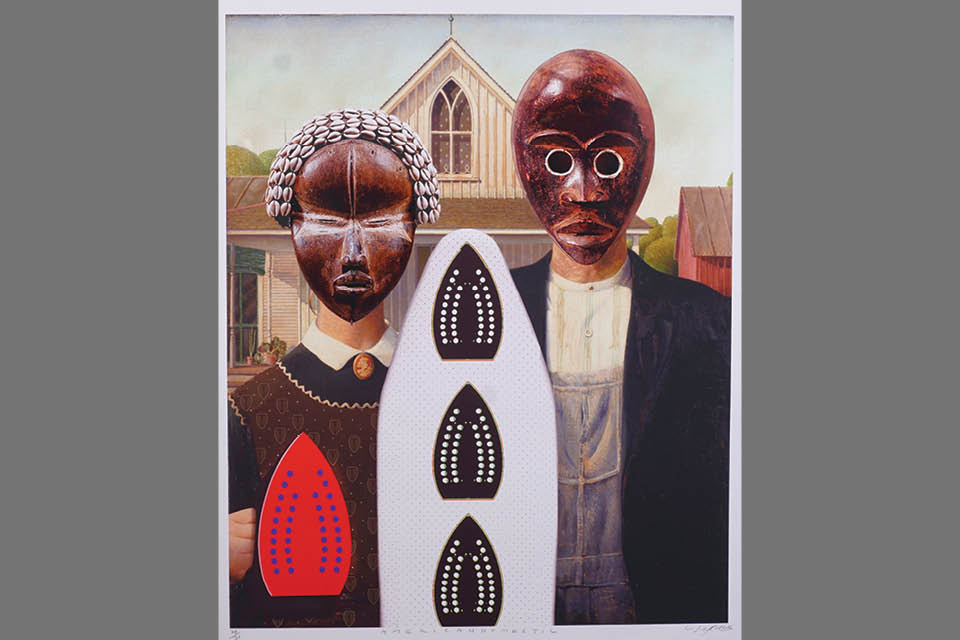Travel
See 3 Museum Exhibits that Explore Black History
Check out this trio of interesting and educational exhibitions that offer insight into the African American experience and African art in America.
Related Articles

Watch a Fish Predict the Weather at Buckeye Lake Winterfest
On Jan. 31, gather at this lakeside village to witness Benny the Bass in action, followed by an art show and Polar Plunge on Feb. 1 READ MORE >>

New Immersive Augmented Reality Experience Coming to COSI
Starting Jan. 30, visitors to the Columbus science destination can explore and interact with imaginary, virtual worlds through this holographic theater exhibit. READ MORE >>

Explore Prohibition History at the Anti-Saloon League Museum
The Westerville History Museum shares how the city was once the headquarters of the Anti-Saloon League, an organization which helped spur the enacting of the 18th amendment. READ MORE >>





